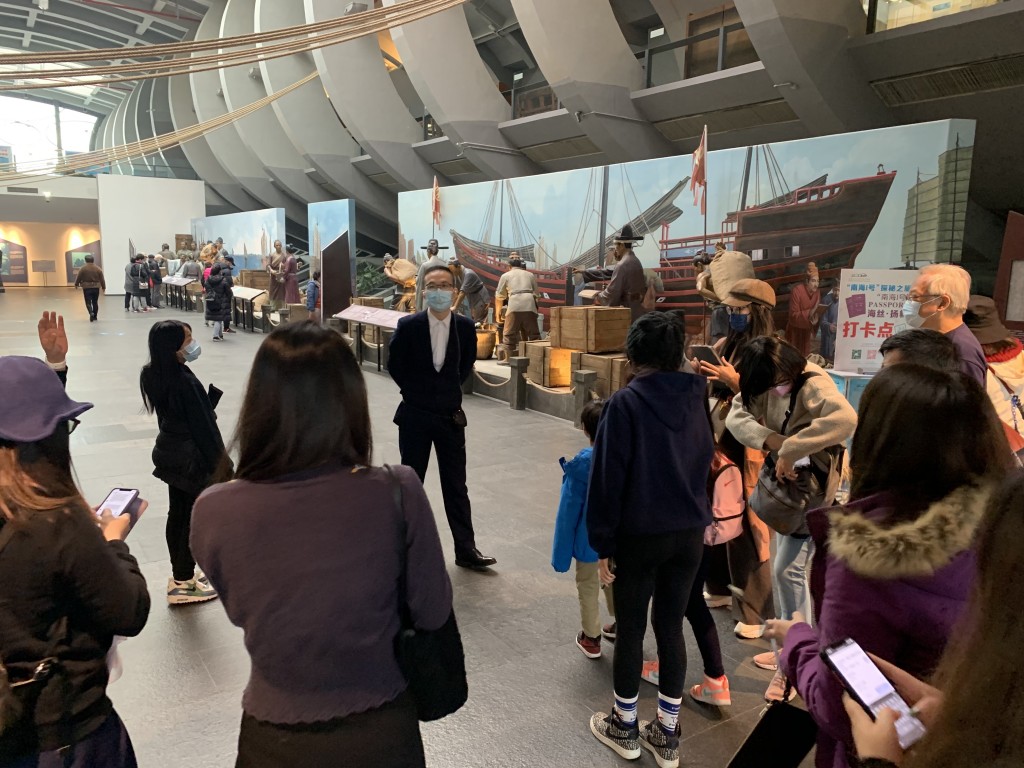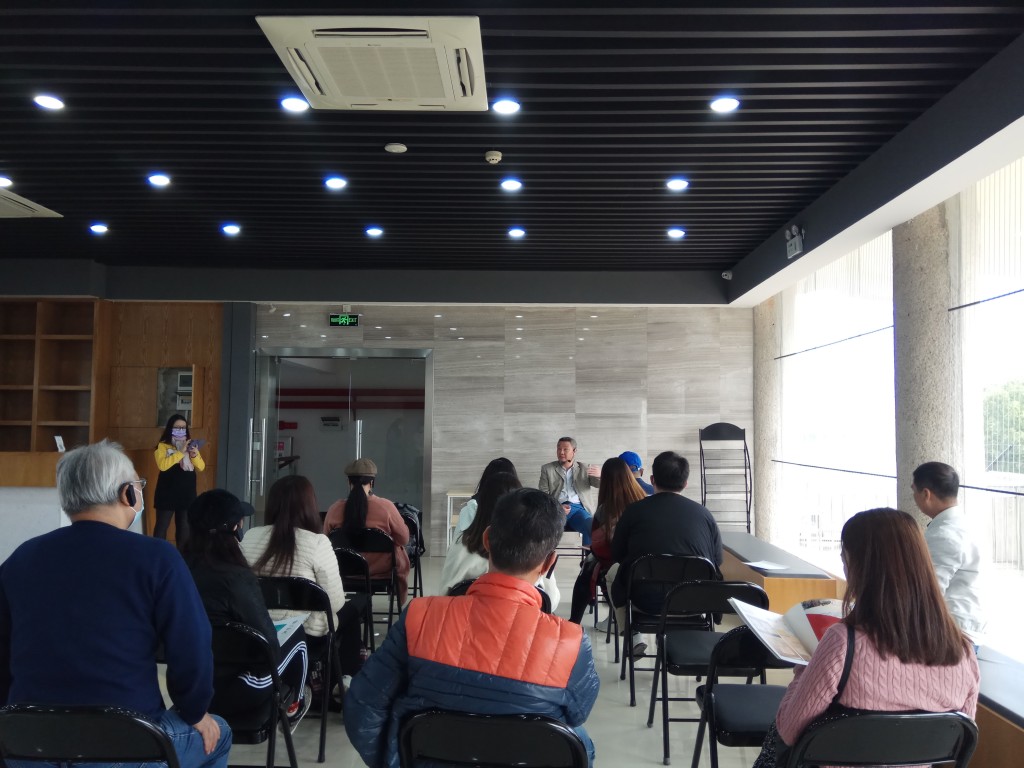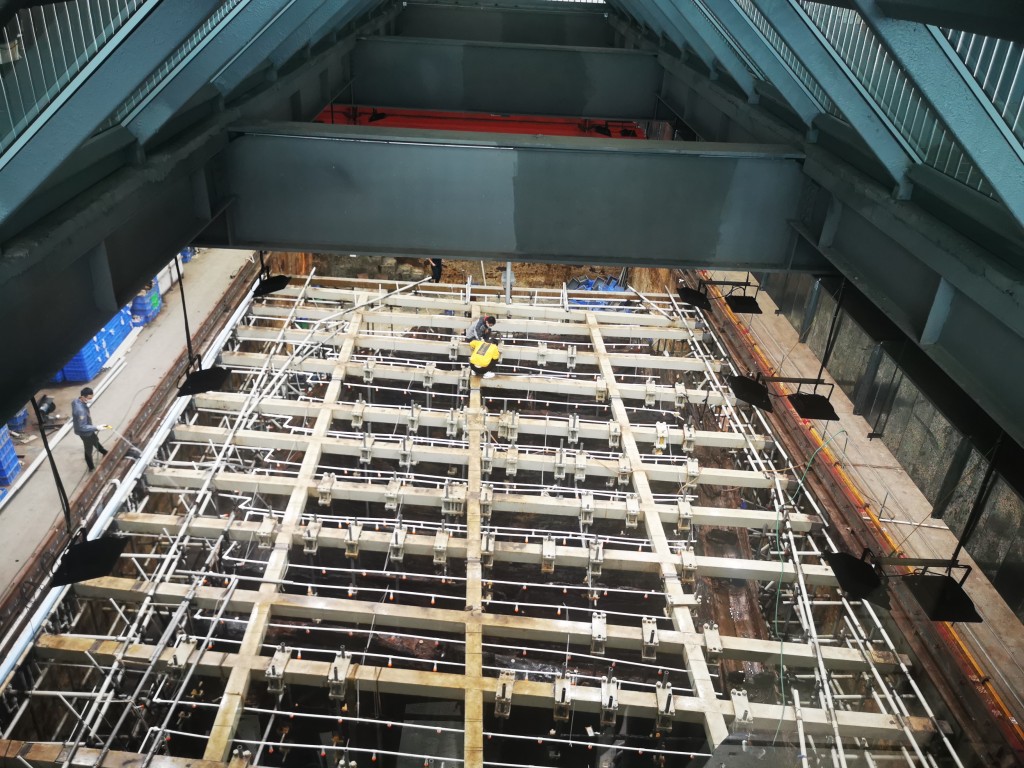USJ graduate students went on a Maritime Silk Road study trip to “Nanhai One” in Yangjiang (Guangdong), a nationally ranked underwater archaeology project

USJ graduate students went on a Maritime Silk Road study trip to “Nanhai One” in Yangjiang (Guangdong), a nationally ranked underwater archaeology project
24
Dec
24/12/2020
Graduate students and professors from the Master in History and Heritage Studies Programme of the University of Saint Joseph (USJ), went on a study tour to Yangjiang, Guangdong Province, from the 21st to 23rd of December, 2020.
A group of 18 graduate students and professors from the Master in History and Heritage Studies Programme of the University of Saint Joseph (USJ), went on a study tour to Yangjiang, Guangdong Province, from the 21st to 23rd of December, 2020. Led by Prof. Wah Kwan Cheng, programme coordinator, and Prof. Francisco Chan, programme instructor and president of the Macau Institute of Conservation and Restoration of Cultural Relics (MICRCR), the group visited the Guangdong Maritime Silk Road Museum (commonly known as the “Nanhai One Museum”), the Yangjiang Municipal Museum, as well as the Ming period maritime trade archaeological site in Dazhouwan.
The group was welcomed by Mr. Zhang Wanxing, Director of the Yangjiang Municipal Museum and an original member of the Nanhai One excavation team, and Mr. Zhang Xuanwei, director of the Guangdong Maritime Silk Road Museum. Activities during the visit included a seminar led by our hosts on the history and archaeology of the maritime silk road, a truly rewarding experience for the students to augment their academic study with field learning.
Nanhai One refers to the Song period sunken ship excavated off the coast of Yangjiang and is now housed in the Guangdong Maritime Silk Road Museum, located on Hailing Island, as a ranked national archaeological project. Yangjiang has been considered the starting point of the maritime silk road. According to Director Zhang Wanxing, the excavation and inventory of the excavated artefacts are expected to complete in 2021. It is estimated that the number of excavated artefacts could reach 200,000 well-preserved pieces, including porcelains and other articles of extremely high value from some of the best Song period kilns.
Director Zhang Xuanwei gave the group an in-depth introduction to underwater archaeology and the related techniques for the protection of cultural relics, such as wood preservation and dehydration, desalination and restoration of porcelain and metal articles, as well as the daunting challenges in preserving the integrity of the ship hull. In addition, Prof. Francisco Chan shared an overview of the current efforts in cultural and heritage preservation in Macao. The students profited greatly from the enthusiastic interaction and exchange of experience.
The group also took an excursion to the Ming dynasty maritime trade archaeological site in Dazhouwan, Shangchuan Island. A large trove of Ming period blue-and-white porcelain pieces was discovered on the Dazhouwan site, offering invaluable physical evidence and materials to better understand the maritime trade during the Ming Dynasty.
The study trip was organised by graduate students and professors of the History and Heritage Studies Programme from the Faculty of Arts and Humanities. The students plan to build on their learning and experience to cultivate and develop projects in deep cultural tourism in Macao in conjunction with USJ and other organisations in history and heritage studies.












